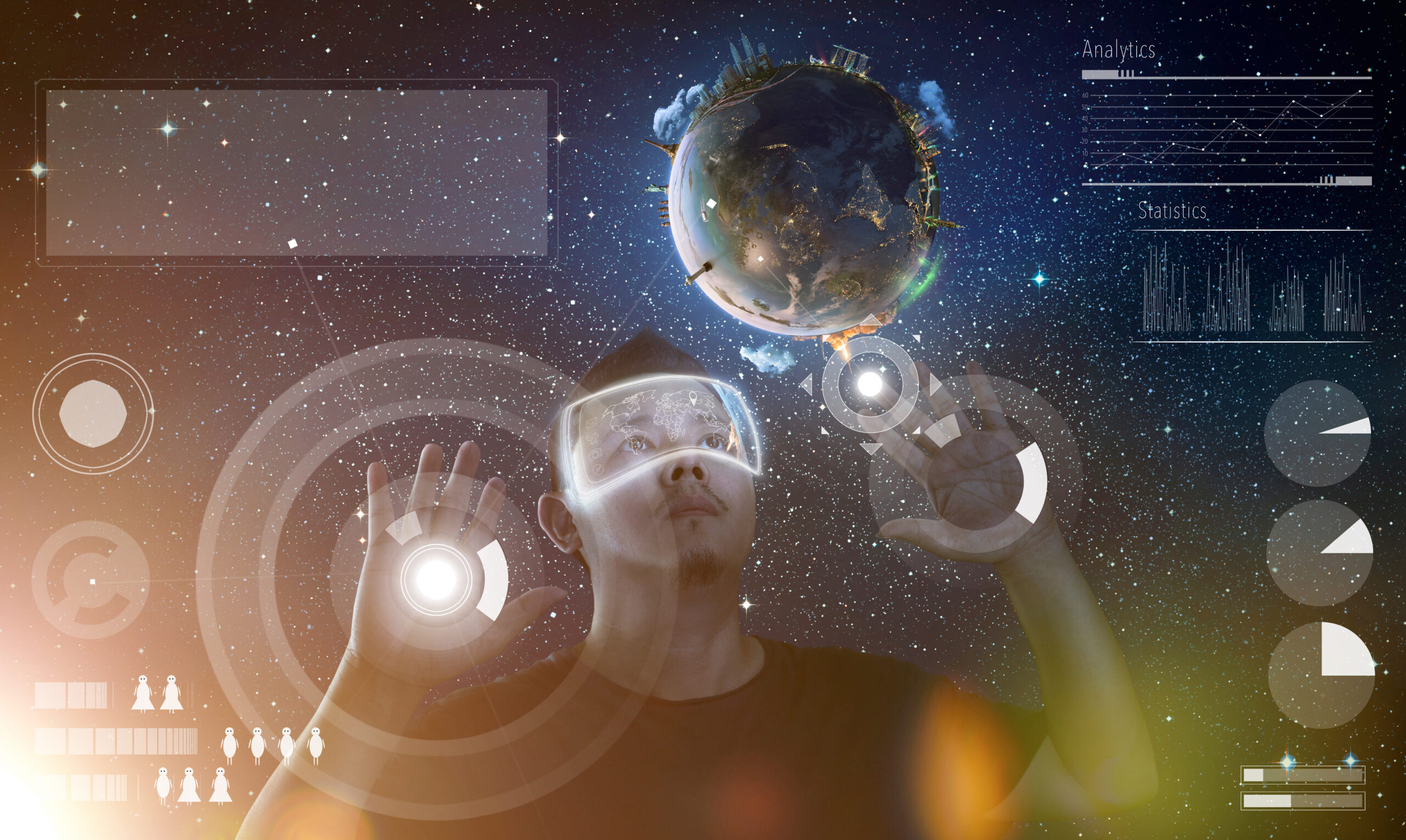
Teaching in virtual reality (VR) is skyrocketing for those most excited about the technology and closest to the positive outcomes, with the most content around science. Why? The engaging nature of the technology lends itself to an immediate positive response by both students and teachers using the technology. According to the National Science Teaching Association, in a high school physics class, 90% of students had a better score when engaging with VR related content. Many reasons sit behind this: gamification of skills, engagement, distraction free focus, and raised levels of amygdala activity. These higher scores are forcing other teachers who were skeptical to take a closer look, and not just at science courses, but history, literature, math and especially virtual reality career exploration can all be deployed in VR activities, just like science experiments.
Teaching in VR allows instructors to design unique lessons that allow students to dive deeper into the learning objectives. This is the first time in history that true re-enactments of events can be placed in a scene for participation and context beyond following an actor’s script; the VR is the script. Designing experiences for science classes is the most common because it allows students to not only see how a science experiment is set up and completed but also allows them to adjust variables and make mistakes without blowing up a lab! They get to see the "why" and the "how" behind the experiment. It also allows other dangerous activities such as allowing a nuclear meltdown, crashing a car, or giving space for mistakes to happen and for the student to learn from their choices.
Labs are expensive, cadavers are expensive, chemicals are dangerous, and all must follow a strict and narrow action to take place. Setting up and cleaning up science experiments in a classroom can time for both the teacher and the students, which takes away from time spent with materials. Plus, teachers with limited budgets can only invest in so many supplies for live science experiments. With virtual reality education, teachers don't have to worry about spending time setting up experiments or using a small budget to create a not-so-exciting experiment in the classroom. This drastically changes how science classrooms operate and is an opportunity for more experiences with live scenarios that they will experience in the workplace. This leads us again beyond science to the next most applicable learning advantages of VR: Career Exploration.
For high school students especially, virtual reality offers a new way to plan their futures. VEDX has been working with companies to get 360 Job Shadows deployed, so has VictoryXR, Bodyswaps and Work Window in Australia. These companies are working together to build more content for student futures in the world. I wish when I was in high school, someone had asked me if I wanted to “game” my way through a class in career exploration. I wish I could have asked interesting questions to a supervisor, practiced my interview skills and realized how many GOOD PAYING jobs which are out there that do not require a bachelor’s degree.
When students get to experience unique and interesting science experiments via VR education, they are picturing themselves in that very spot rather than see it in a 2D video, they can look around the job site and even talk to HR. VR science experiments might have been the forerunner in the amount of content on the market, but now they can find themselves considering all the possible careers in chemistry or biology, and not just think of being “doctors,” and “scientists,” but actually aim at becoming specific types of nurses, radiologists, and more.
When schools invest in VR education, they're providing their students with limitless opportunities for excitement, engagement and improved learning outcomes. All schools should begin writing 5-year strategies to bring in their VR Labs. Once deployed, the hardware can be managed in the backend, controlled, content added and pulled, and even allow students private club spaces focused on their own campus clubs. One of the companies that is truly making a difference in easing the burden of integrating VR is VEDX Solutions. They are working across the USA to do this very thing – along with career journeys and college explorations.
Created By Euphoria XR | Privacy Policy | Sitemap| Contact Us